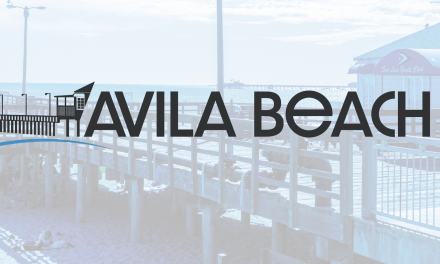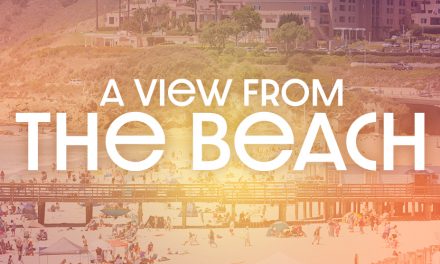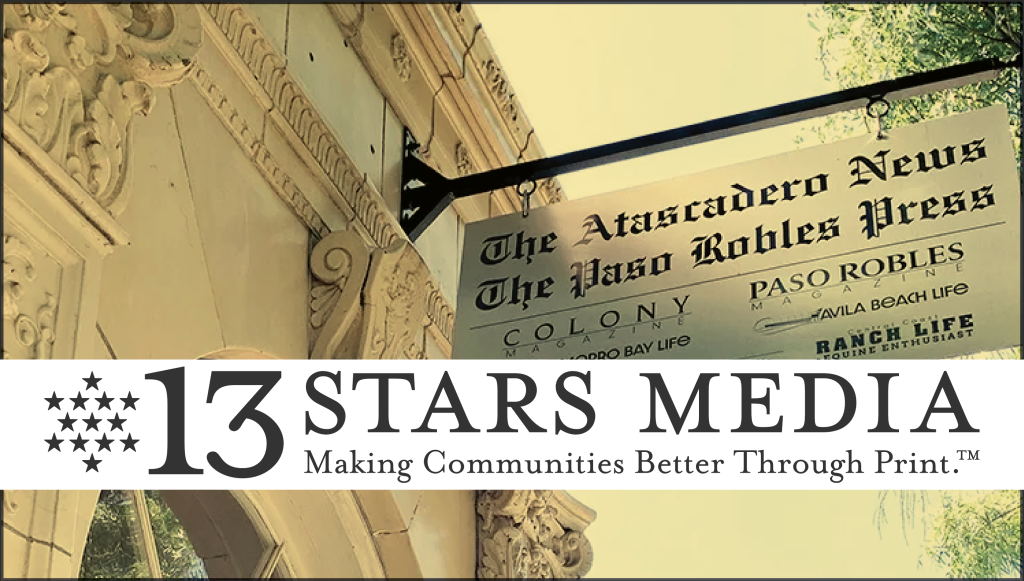By KATHY MASTAKO, Member, Board of Directors, Point San Luis Lighthouse Keppers
The history of lighthouses in this country began in 1716 with the establishment of a light located on Little Brewster Island in outer Boston Harbor in what is now the United States. In 1789, the ninth Act of our first Congress provided for the transfer of the 12 existing lighthouses in America from the individual states to the federal government. Responsibility for the nation’s aids to navigation was given to Alexander Hamilton, Secretary of the Treasury at the time.
In 1939, 150 years later, FDR ordered the transfer of the nation’s navigational aids, including lighthouses, to the United States Coast Guard. To say that this decision did not go down well with those employed by the Lighthouse Service is an understatement. Harry Willet Rhodes, who for many years was the superintended of the Point San Luis Lighthouse, along with all the other lighthouses in California, wrote dejectedly to his recently retired boss, H. D. King, “I hope we may live to see the day when Congress regrets having sold us down the river.”
True to the Coast Guard’s maxim “Semper Paratus”—Always Ready—the transition was swift. Keepers could quit, retire if they were eligible, remain a keeper wearing their Lighthouse Service uniform, or transfer into the Coast Guard. Point San Luis’s last civilian keeper, John Robert Moorefield, eventually chose to become a USCG boatswain’s mate, although his duties at the light station remained much the same.
Once Moorefield retired in 1947, the last vestiges of the “lighthouse years” at Point San Luis came to an end. Going forward, the station was staffed by young military men. Their rotations were relatively brief, and so it has been difficult to identify, let alone track down, the men who served here until the station was fully automated and the Coast Guard left in the mid-1970s.
But sometimes there are successes. A case in point is Darrel Beerbohm.
From 1965 until 1967, Beerbohm was the officer-in-charge at Point San Luis, stationed here with his wife and two children. He’s now retired and lives in Louisiana, where he serves on the board of a regional performing arts society. To this day, he remembers Point San Luis with fondness. “I always thought serving at Point San Luis was one of my better jobs.”
At the light station, Beerbohm remembers, “we built a play area with swings, seesaws and an area where the kids could play. It had a large fence around it and a snake-proof wire fence outside of it as there were many rattlesnakes in our area.
My second engineer was quite handy, doing little things. He built a fishpond and connected an old fishpond to it. We built a small hill in the middle to sort of replicate our area. The fish could go from one pond to the other. He built a dock to almost the same identical layout as the real dock we had.
We all enjoyed the fishponds. Of course, raccoons did, too, so we had to put a wire mesh over the ponds at times to keep them out.”
Beerbohm had served nearly a decade with the Coast Guard before coming to Point San Luis in 1965, which was his first experience at a lighthouse. In September 1967, Beerbohm was transferred to Alaska for a year of isolated duty, his wife and children returning to San Francisco where the family had lived before coming to Point San Luis.
Beerbohm especially remembers the people of Avila Beach:
“We had some friends we made in Avila Beach and would have them come to visit quite often. These were locals we made friends with within weeks after we arrived…I became very active in the town civic association and was voted Vice President. The townspeople were great and accepted us with open arms. We would assist with various happenings around the town—fairs, fundraisers, and so on… As officer-in-charge, the Coast Guard was happy I was doing this with the townspeople. I received a nice letter when we left Avila Beach, and it was sent to the Coast Guard District Office in San Francisco, where I also received a letter of commendation for things I did at Avila Beach. I cherished the letters from both places.”
He also has warm memories of the local Portuguese fishermen:
“There was a group of Portuguese truck farmers and they were especially nice to me and my people. They raised about every kind of vegetable you can think of. I would let them come and fish below my station. They were the only other people I gave a key to our station. They would always call before coming up as we only had a one-lane road to travel on getting from the main road to the station. Always had to make sure only one car at a time was on this road. These people would always bring fresh vegetables and homemade wine for me and my people. Me and my four-year-old son would many times go down over the cliff and eat lunch with these friends. They cooked what they caught from the ocean, plus they brought fresh veggies to put in a big pot of stew they concocted from the sea.”
The road leading up to the lighthouse wasn’t much different from the way it is now, Beerbohm recalls, as those who come to tour the lighthouse by shuttle bus can attest:
“The road was very winding and narrow. I believe it to be about 2 ½ miles long. It ran alongside the mountain, and after every rain, I would have my people go up and clear mud or rocks that had come down on the road. There were maybe two places that two cars could pass, and it was close, so we tried to keep that from happening. There was no footpath to the station, and the general public was not allowed unless me or one of my people granted them permission, and then they came up the road.”
Our staff and volunteers eagerly look forward to the day when shuttle buses can resume traveling that winding and narrow road with guests onboard, and lighthouse tours can begin once again.
Meanwhile, there are virtual tours. Check out our Google reviews! Visit my805tix.com to learn more about virtual tour dates and times.



























